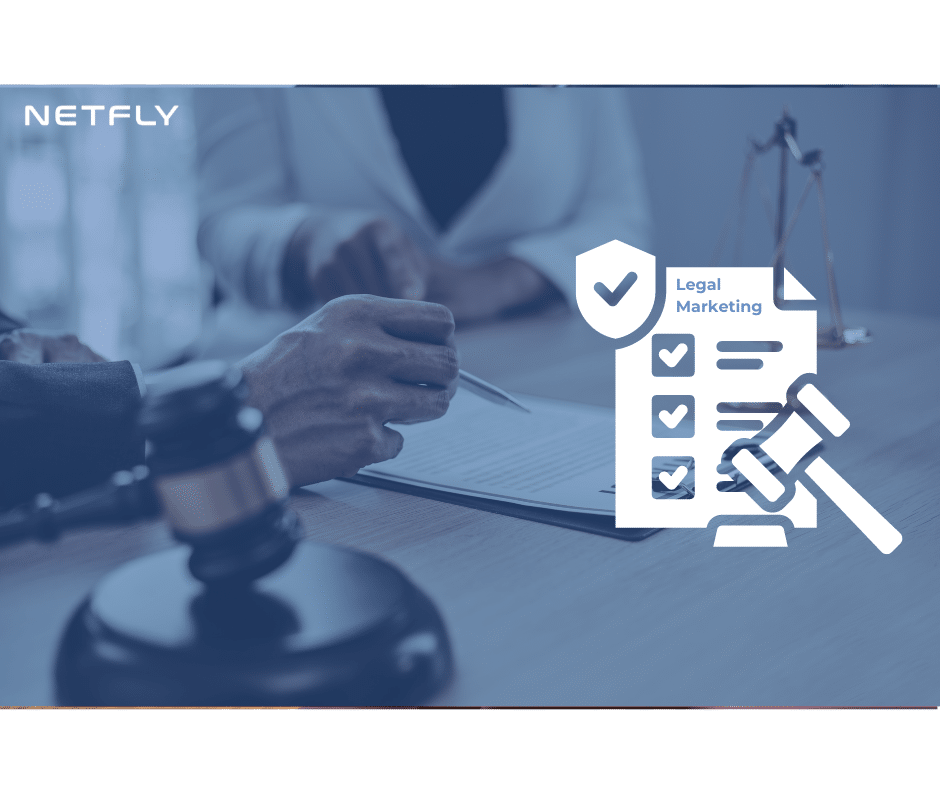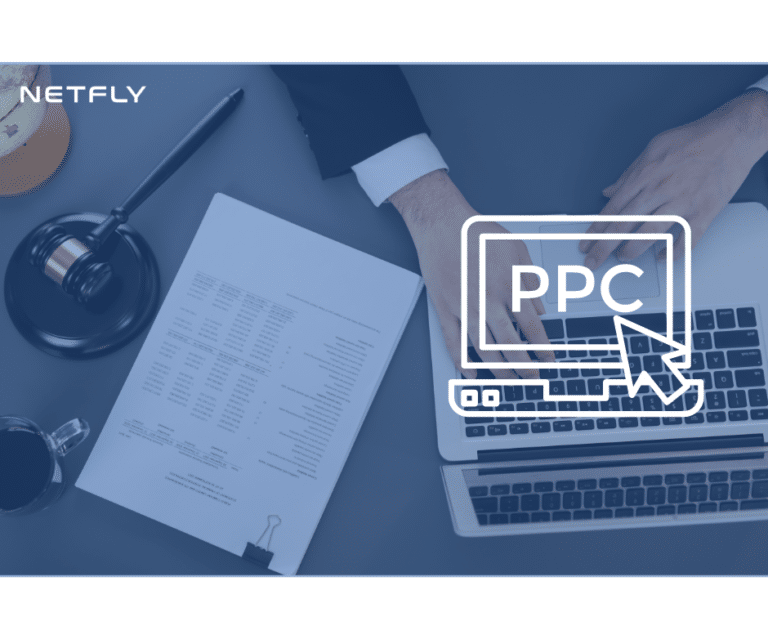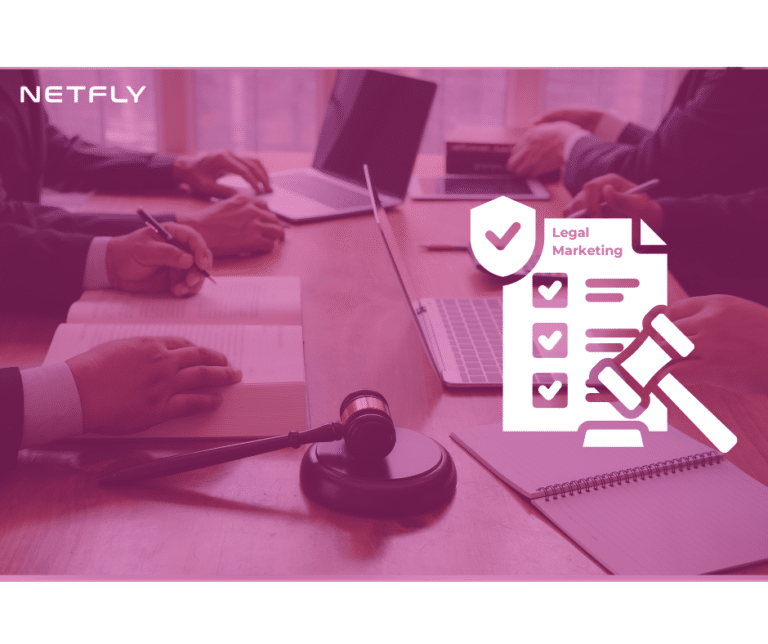Digital marketing offers businesses a powerful tool for client acquisition by enhancing reach and engagement through various online channels. Leveraging social media platforms allows companies to connect with a broad audience while tailoring content to specific demographics, fostering customer loyalty and word-of-mouth marketing. Additionally, targeted advertising guarantees personalized messaging, which maximizes ROI and drives customer acquisition. These strategies are not only cost-effective but also provide measurable results and improved engagement rates. So, what makes digital marketing indispensable in today’s competitive landscape, particularly when it comes to sustaining client relationships and gaining a competitive edge?
Key Takeaways
- Reach billions of active users globally and increase engagement through social media platforms.
- Deliver personalized content to specific audiences using targeted advertising and audience segmentation.
- Allocate marketing funds efficiently and reduce costs with data-driven decisions and inbound marketing strategies.
- Track and adjust marketing strategies in real-time using data analytics tools for measurable results.
- Enhance brand awareness and gain a competitive advantage through strategic content marketing and social media engagement.
Enhanced Reach
Leveraging digital marketing strategies can exponentially enhance a company’s reach, tapping into global markets and diverse demographics. The power of social media platforms like Facebook, Instagram, and LinkedIn cannot be overstated. With over 4.2 billion active users on social media globally, businesses can connect with a global audience in ways that traditional marketing could never achieve.
Strategically, companies should utilize social media analytics to identify which demographics are engaging most with their content. This data-driven approach allows businesses to tailor their messaging and campaigns to resonate with specific segments of their global audience. For instance, a fashion brand can use Instagram’s insights to see which age groups are most interested in their products and adjust their content accordingly.
Moreover, social media algorithms can amplify a company’s reach by showcasing content to users who are likely to be interested based on their past behavior. This means that a single post can potentially reach millions of users worldwide, maximizing exposure without significant additional costs.
Furthermore, utilizing social media for customer engagement is crucial. Responding to comments, messages, and reviews in a timely manner builds a relationship with the audience, fostering loyalty and encouraging word-of-mouth marketing. Engagement metrics, such as likes, shares, and comments, provide valuable feedback that can refine future marketing strategies.
Targeted Advertising
Harnessing the power of enhanced reach, businesses can now implement targeted advertising to deliver personalized content directly to their most promising prospects. By leveraging audience segmentation, companies dissect their market into specific groups based on demographics, interests, and behaviors. This granular approach enables marketers to tailor their messages, resulting in a more engaged and responsive audience.
Behavioral targeting takes this a step further by analyzing users’ online activities—such as the websites they visit, the searches they conduct, and the content they consume. This data-driven strategy allows businesses to predict future behavior and push relevant ads at the most favorable time. Studies have shown that targeted ads based on behavior can increase click-through rates by up to 300%, illustrating the effectiveness of this method.
Moreover, platforms like Facebook and Google Ads provide robust tools for audience segmentation and behavioral targeting. These tools empower businesses to create highly specific ad campaigns that not only reach their intended audience but also resonate with them on a personal level. For instance, a fitness brand can target health-conscious individuals who have recently searched for workout routines or healthy recipes, ensuring their ads are seen by those most likely to convert.
The strategic advantage of targeted advertising lies in its precision. By focusing on a well-defined audience, companies can maximize their marketing ROI and reduce wasted ad spend. Targeted campaigns also foster customer loyalty by delivering relevant content that meets the audience’s needs and interests. When businesses harness the capabilities of audience segmentation and behavioral targeting, they can create more effective and efficient marketing strategies, leading to higher acquisition rates and sustained growth.
Cost-Effective Strategies
To maximize marketing budgets, businesses can employ cost-effective strategies that prioritize high-impact activities and minimize unnecessary expenditures. By focusing on efficient budget allocation and campaign optimization, companies can achieve substantial results without overspending.
One of the most important ways to manage budget allocation is through data-driven decisions. Analyzing consumer behavior and market trends allows businesses to allocate funds to the most promising channels. For instance, a study by HubSpot found that companies that prioritize inbound marketing strategies save over 60% compared to those using traditional outbound methods. This approach guarantees funds are directed where they’ll yield the highest return on investment (ROI).
Campaign optimization is another vital component of cost-effective digital marketing. Techniques such as A/B testing, performance tracking, and iterative adjustments enable marketers to refine their campaigns continuously. By testing different variables—like ad copy, visuals, and target demographics—businesses can identify what works best and allocate resources accordingly. According to a report by Google, companies that utilize A/B testing see conversion rates increase by an average of 20%.
Additionally, leveraging automation tools can significantly reduce costs. Platforms like Mailchimp for email marketing or Hootsuite for social media management streamline repetitive tasks, freeing up valuable time and resources. These tools also offer insights that contribute to more effective budget allocation and campaign optimization. For example, Mailchimp’s analytics can help identify which email strategies generate the most engagement, allowing businesses to focus their efforts more effectively.
Measurable Results
Achieving cost-effective strategies is only half the battle; businesses must also measure their results to confirm that their marketing efforts are truly effective. Digital marketing excels in providing measurable results through performance metrics and data analytics, which offer clear insights into what’s working and what’s not.
Using performance metrics, businesses can track key indicators such as conversion rates, click-through rates, and customer acquisition costs. These metrics allow companies to quantify the success of their campaigns and make data-driven decisions. For instance, if a particular social media ad has a high conversion rate, it signals that the message resonates with the target audience. Conversely, low engagement can prompt a strategic pivot to optimize future efforts.
Data analytics further enhances this capability by allowing for real-time monitoring and adjustment of marketing strategies. Tools like Google Analytics and HubSpot provide granular data, from user demographics to behavior patterns on websites. Analyzing this data helps businesses understand customer journeys and pinpoint areas for improvement. For example, if analytics reveal that a significant number of users drop off at the checkout page, businesses can investigate and resolve potential issues, thereby reducing cart abandonment rates.
Moreover, data analytics enables segmentation and personalization, ensuring that marketing messages are tailored to specific audience niches. This targeted approach not only improves efficiency but also maximizes ROI. By continuously analyzing and refining their strategies based on real-time data, businesses can stay agile and responsive to market changes.
Improved Engagement
Enhanced engagement is vital for digital marketing, driving deeper connections and fostering loyalty among customers. By leveraging personalized communication and interactive content, businesses can create tailored experiences that resonate with their audience. Research indicates that personalized emails alone can generate up to six times higher transaction rates, emphasizing the importance of tailored messaging in capturing client interest and encouraging interaction.
Interactive content, such as quizzes, polls, and videos, also plays an essential role in enhancing engagement. According to a study by Content Marketing Institute, 81% of marketers agree that interactive content is more effective at grabbing attention compared to static content. This form of engagement not only makes the user experience more enjoyable but also provides valuable insights into consumer preferences and behaviors. These insights can be strategically used to refine marketing strategies, making them more effective in the long run.
Moreover, social media platforms thrive on engagement. Brands that utilize features like live streaming, story polls, and direct messaging can build a more engaged community. Data from Sprout Social shows that 64% of consumers want brands to connect with them on social media, highlighting the demand for interactive and personalized communication.
Incorporating these elements into a digital marketing strategy not only attracts potential clients but also retains existing ones by fostering a sense of community and connection. Overall, improved engagement through personalized communication and interactive content is a strategic asset in digital marketing, ensuring that brands not only reach their audience but also build meaningful, lasting relationships.
Higher Conversion Rates
Boosting conversion rates stands as a critical objective in digital marketing, driven by data-backed strategies and tailored user experiences. Effective conversion optimization leverages analytics to understand customer behavior, pinpointing precisely where users drop off and what prompts them to take action. Marketers employ A/B testing to compare different elements such as headlines, calls to action, and layouts, ensuring the most effective versions are implemented.
User experience (UX) is at the heart of higher conversion rates. A seamless, intuitive UX keeps potential clients engaged and guides them effortlessly through the sales funnel. Websites optimized for speed, mobile accessibility, and navigational ease reduce bounce rates and increase the likelihood of conversions. For instance, a study by Google found that a one-second delay in mobile load times can impact conversion rates by up to 20%.
Personalization further enhances conversion optimization. By utilizing customer data, marketers can deliver customized content, offers, and recommendations that resonate with individual users. This approach not only improves the user experience but also builds trust and encourages action. According to Epsilon, 80% of consumers are more likely to make a purchase when brands offer personalized experiences.
Additionally, retargeting campaigns serve as a strategic tool for improving conversion rates. By targeting users who have previously interacted with a brand but didn’t convert, marketers can re-engage these prospects with tailored ads, nudging them closer to the final purchase.
Brand Awareness
Utilizing strategic content marketing and social media engagement greatly enhances brand awareness by consistently placing the brand in front of targeted audiences. Research indicates that 90% of marketers use social media to increase exposure, making it a pivotal tool in brand recognition strategies. By producing valuable, relevant content tailored to specific demographics, businesses can establish themselves as thought leaders within their industry.
Content marketing plays an essential role in this process. High-quality blog posts, infographics, and videos shared across social media platforms not only educate potential clients but also promote brand recall. For instance, companies that blog consistently receive 55% more website visitors than those that don’t, significantly boosting their visibility.
Social media platforms like Facebook, Twitter, and Instagram offer unique opportunities to engage with audiences in real-time. This interaction fosters a sense of community and loyalty among followers. With 3.6 billion users worldwide, social media is a vast landscape for brands to cultivate a robust online presence. Engaging content on these platforms can spark conversations, generate shares, and drive traffic back to the company’s website.
Additionally, leveraging analytics tools available on social media channels allows businesses to refine their strategies effectively. By tracking metrics such as engagement rates, click-through rates, and audience demographics, brands can optimize their content marketing efforts to maximize impact.
Competitive Advantage
Gaining a competitive advantage in digital marketing hinges on a brand’s ability to leverage data-driven insights and innovative strategies to outperform its rivals. Brands that harness analytics effectively can identify trends, customer preferences, and market gaps, allowing them to tailor their campaigns for maximum impact. Unique positioning plays a critical role here; by highlighting what sets them apart, brands can attract customers who align with their values and offerings.
Digital marketing tools provide real time feedback, enabling quick adjustments to strategies based on current performance. For example, A/B testing in email campaigns can reveal which subject lines or calls-to-action generate higher engagement rates. This immediate feedback loop allows brands to pivot swiftly, optimizing their efforts and resources to stay ahead of competitors.
Moreover, utilizing advanced targeting options available on platforms like Google Ads and Facebook Ads ensures that marketing messages reach the right audience. This precision not only enhances the efficiency of marketing spend but also improves conversion rates. By understanding and responding to customer behavior in real time, brands can maintain a dynamic and responsive marketing strategy.
Content marketing also contributes to a competitive edge. High-quality, relevant content that addresses customer pain points can establish a brand as an industry leader. This expertise fosters trust and loyalty, further distinguishing the brand from its competitors.
Frequently Asked Questions
How Can Digital Marketing Help in Understanding Customer Behavior?
Digital marketing helps in understanding customer behavior by utilizing behavioral analytics to track interactions and create detailed customer personas, enabling businesses to tailor strategies and enhance engagement based on precise data-driven insights.
What Are the Legal Considerations in Digital Marketing?
When discussing legal considerations in digital marketing, one must prioritize privacy policies and data protection. Companies need to guarantee compliance with regulations like GDPR and CCPA to safeguard customer data and build trust strategically.
How Does Digital Marketing Support Customer Retention?
Digital marketing supports customer retention by leveraging loyalty programs and email campaigns. Data shows that personalized email campaigns increase engagement by 50%, while effective loyalty programs can boost customer retention rates by up to 30%.
What Role Does Content Marketing Play in Client Acquisition?
Content marketing boosts client acquisition by driving audience engagement and lead nurturing. It strategically delivers valuable information, fostering trust and relationships, which increases conversions. Data shows that companies using content marketing achieve 6 times higher conversion rates.
How Can Small Businesses Leverage Digital Marketing Effectively?
Small businesses can leverage digital marketing effectively by utilizing social media for targeted ads and engagement, while also implementing personalized email campaigns to nurture leads and drive conversions. Strategic planning and data analysis enhance their efforts.
Conclusion
Digital marketing’s strategic advantages in client acquisition are undeniable. With enhanced reach, targeted advertising, and cost-effective strategies, businesses can engage specific demographics effectively. Measurable results provide actionable insights, driving improved engagement and higher conversion rates. Additionally, digital marketing boosts brand awareness, offering a competitive edge in today’s market. Leveraging these tools not only maximizes ROI but also fosters customer loyalty and growth, making digital marketing indispensable for modern client acquisition strategies.










